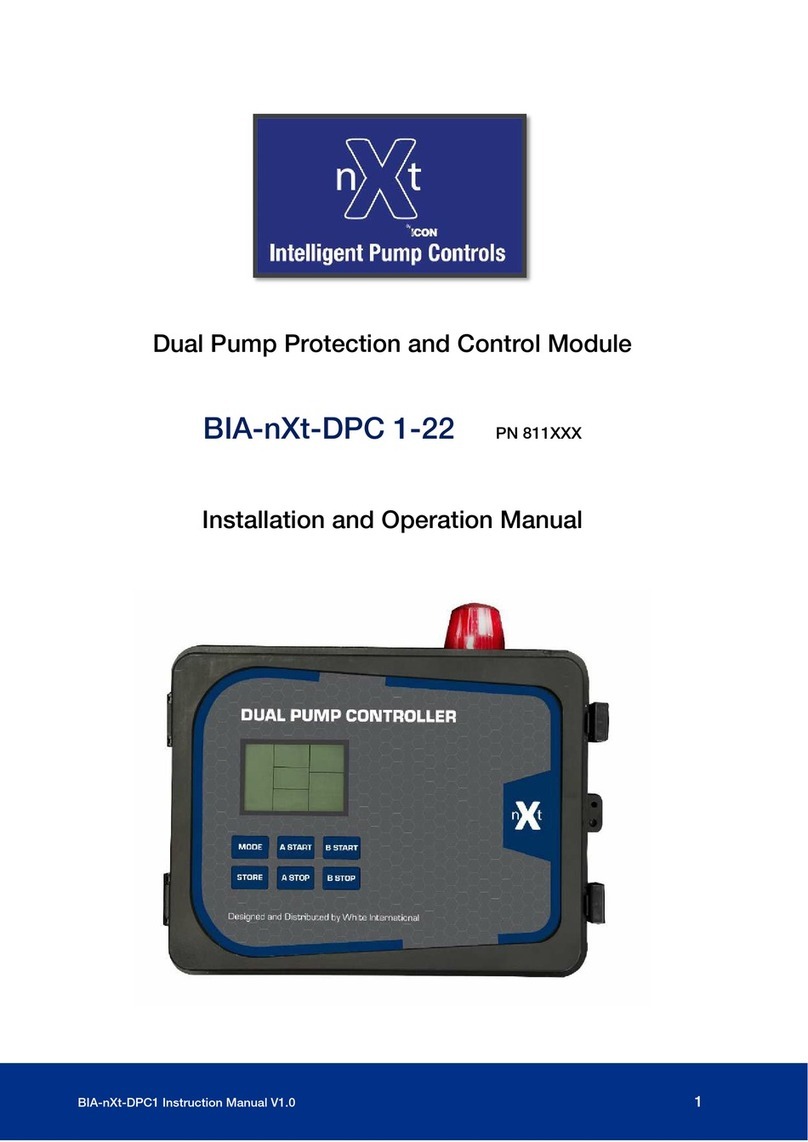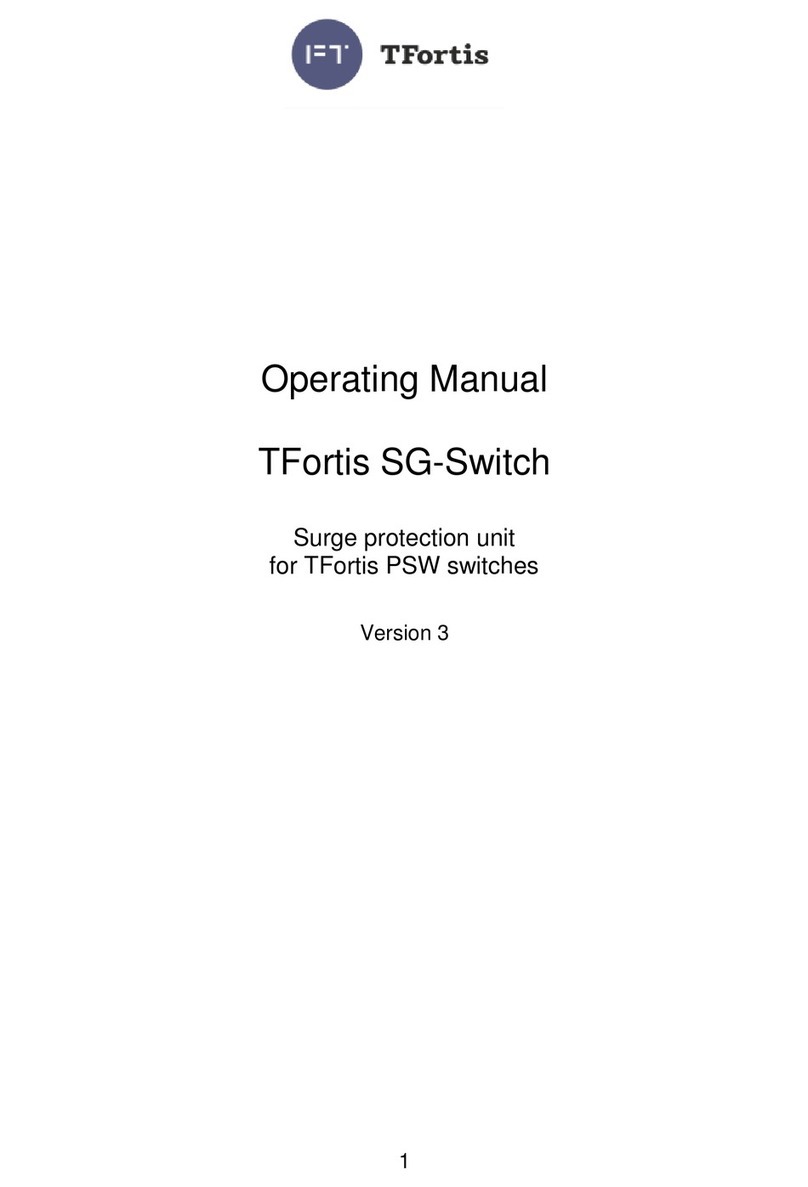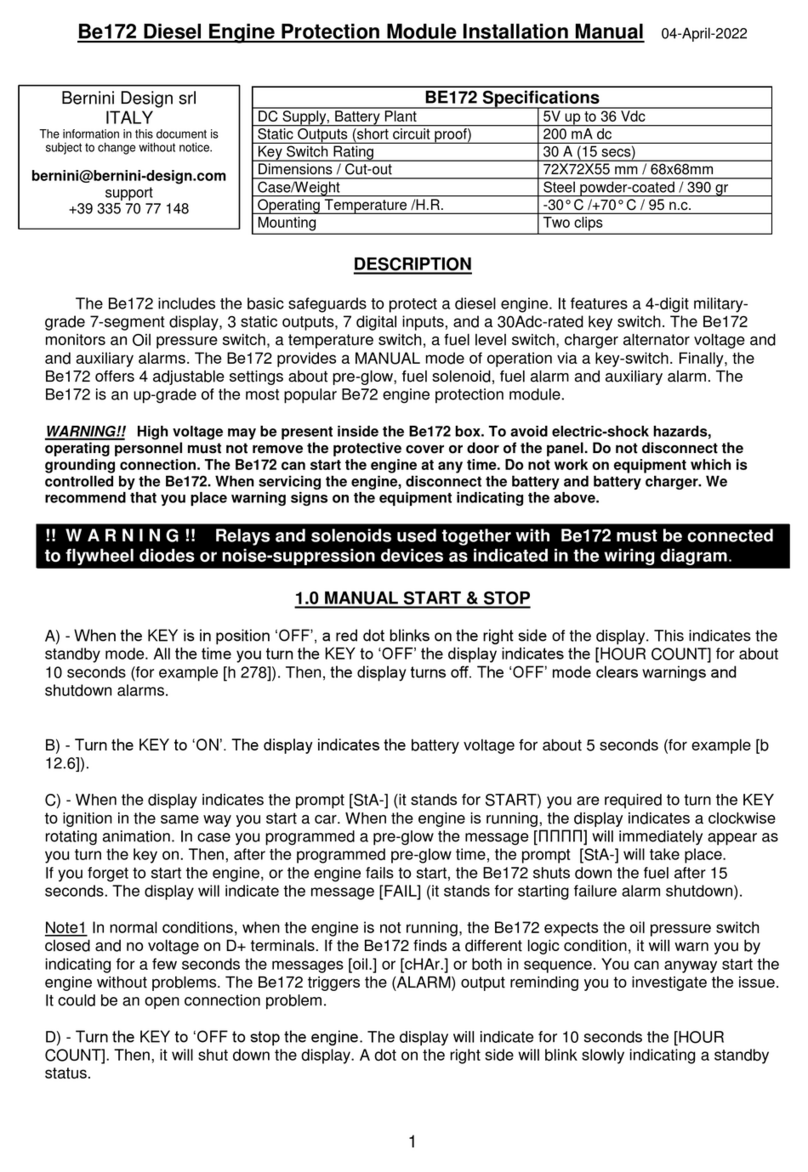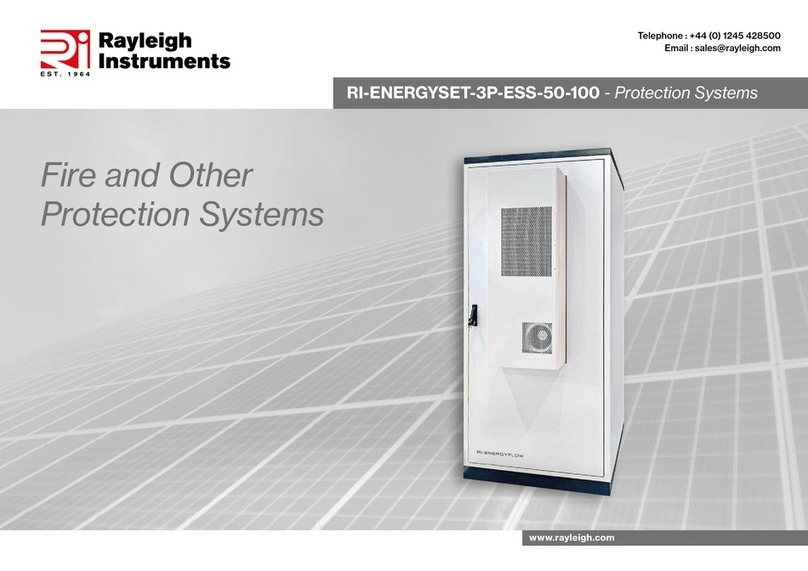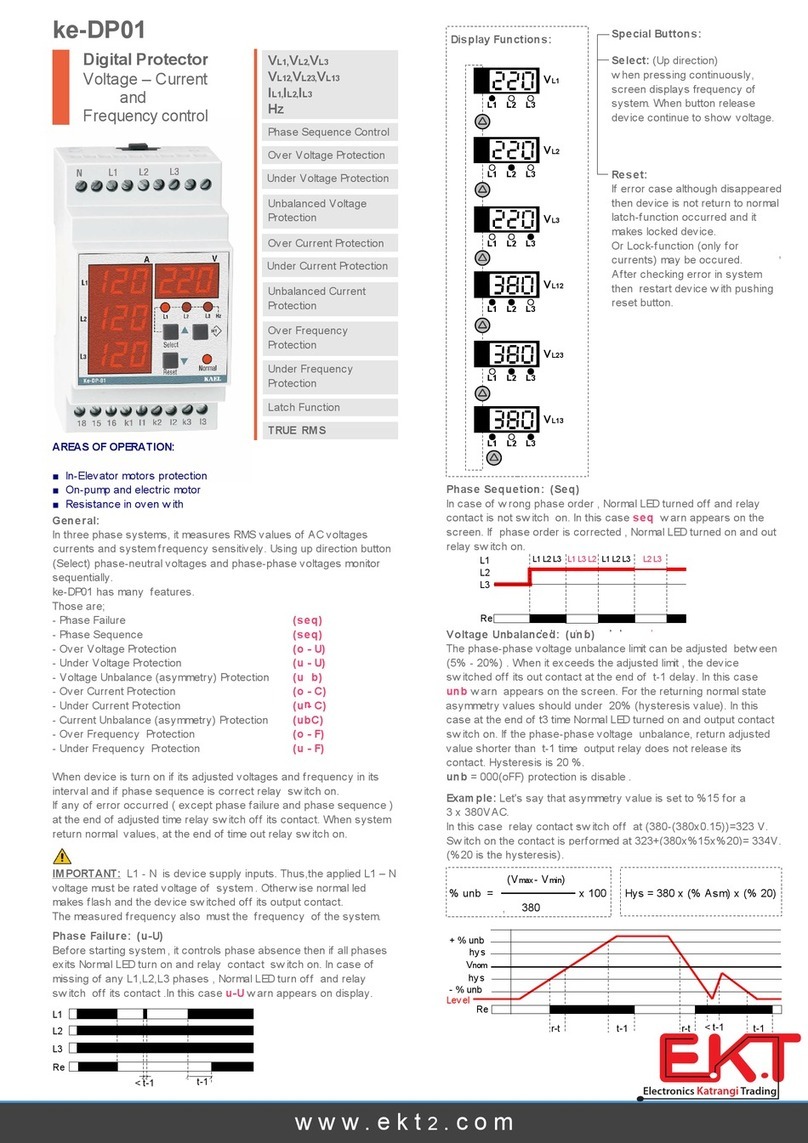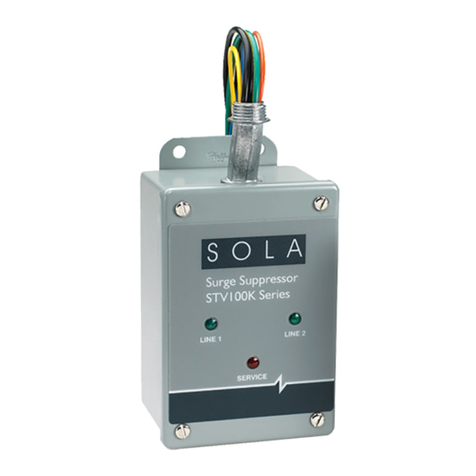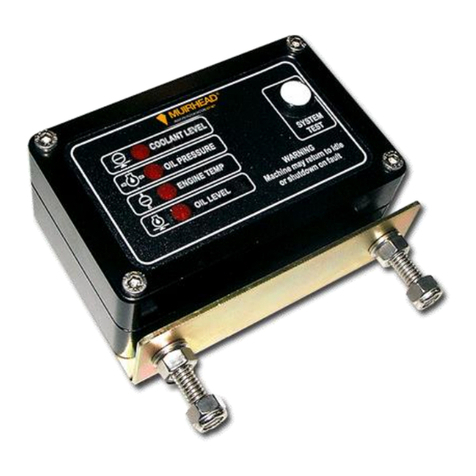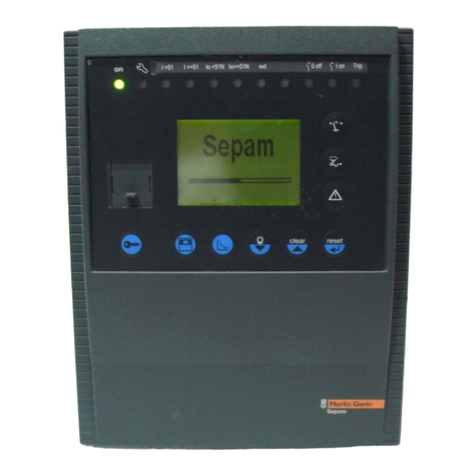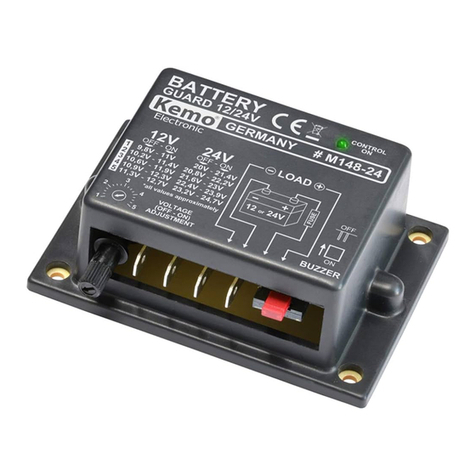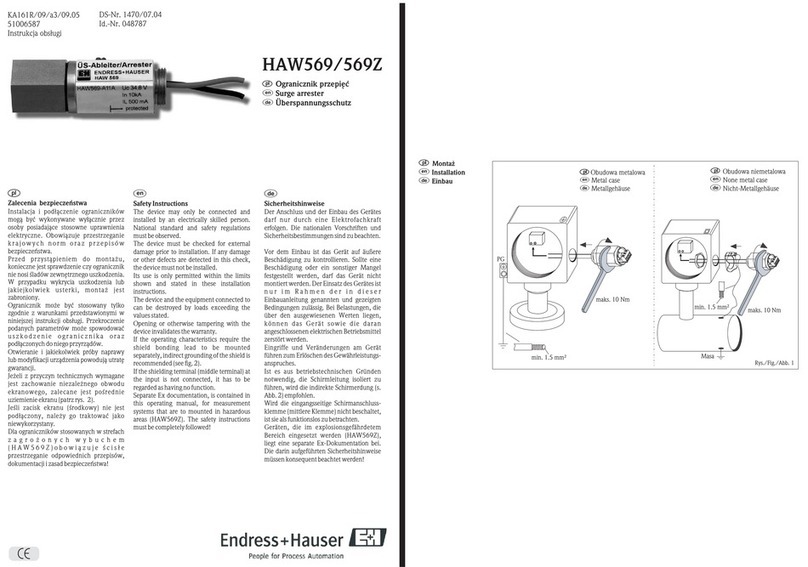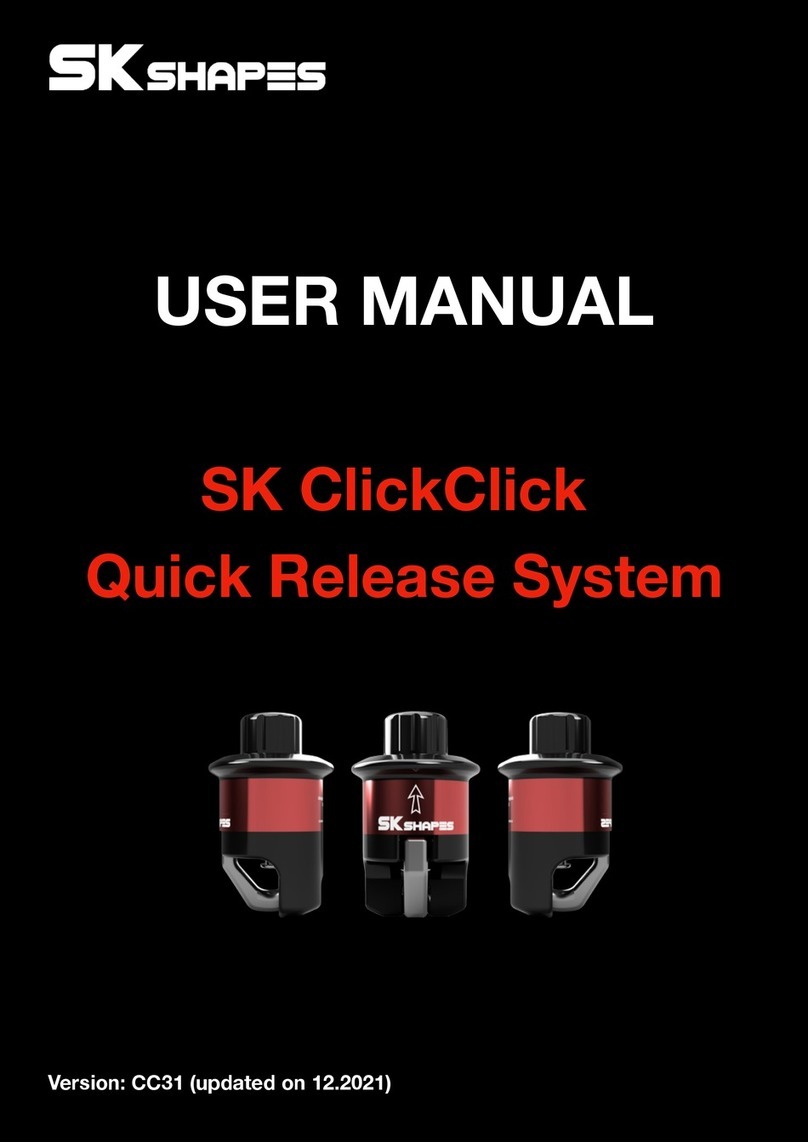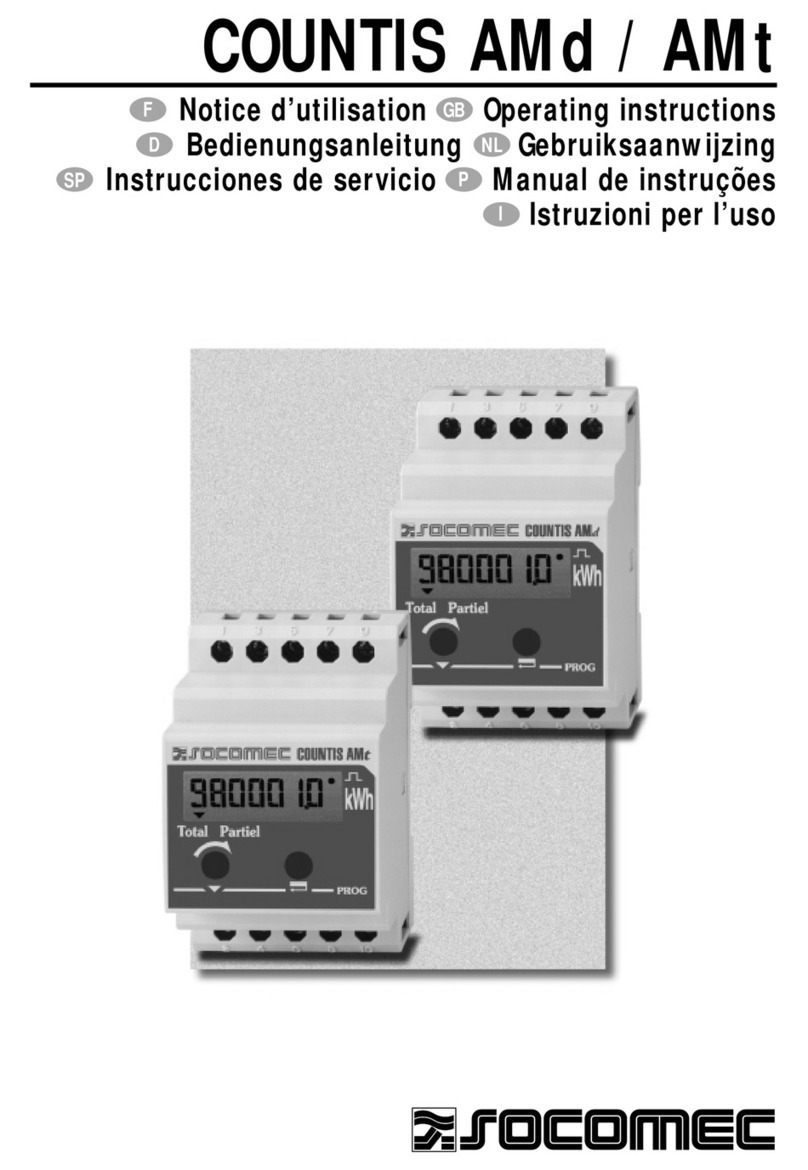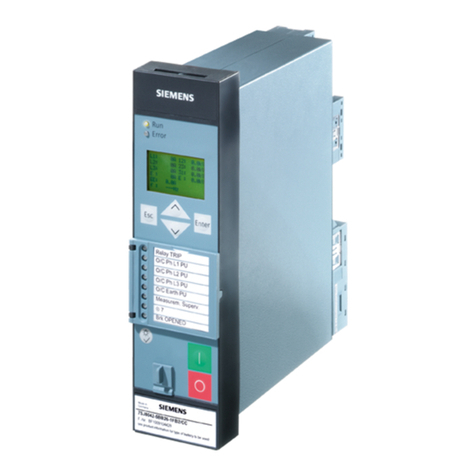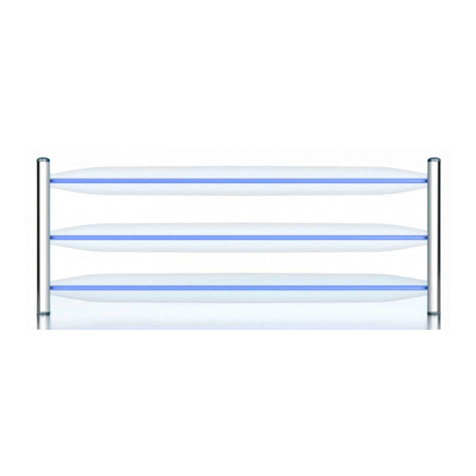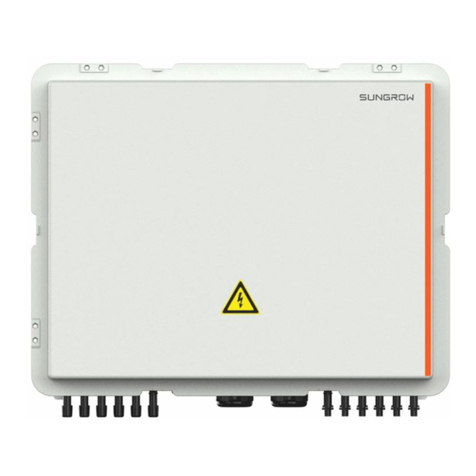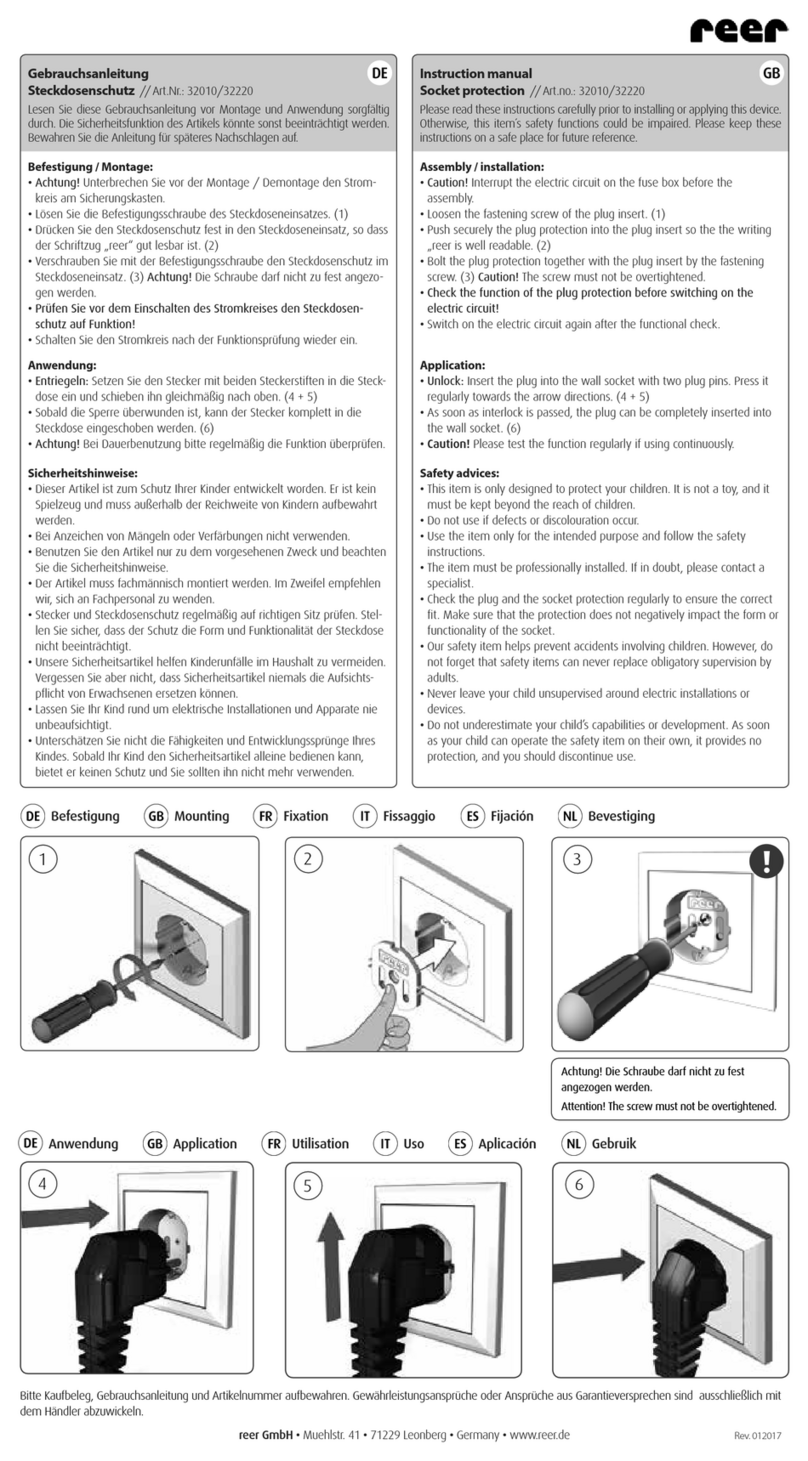
M0170.docx | Rev 1.2|Modified on 20/04/2016 | © Remote Control Technologies P/L
INPUTS
The following input functions indicate the factory defaults with all inputs and outputs being configurable.
Refer to document number P0021 for advanced programming information. Contact your local RCT branch or
distributor for a copy of the document or for more information.
FUNCTION 1
This input is configured to have a five-second delay prior to pulsing the alert indicator and activating the
alarm. After a further 10 seconds, the alert indicator will come on solid, the alarm will remain on and activate
the idle and ETR control circuits. This circuit activates when the circuit changes state and becomes open.
This input is specifically designed for coolant level detection. If this function is not required, pin 7 must be
connected to ground.
Typical use: Cylinder head temperature
FUNCTION 2
This input is configured to have a one-second delay prior to activating the corresponding alert indicator,
external audible alarm, idle, and ETR control circuits. This circuit activates when the circuit changes state
and becomes open. If this function is not required, pin 8 must be connected to ground.
Typical use: Low engine oil pressure
FUNCTION 3
This input is configured to have a one-second delay prior to activating the corresponding alert indicator,
external audible alarm, idle and ETR control circuits. This circuit activates when the circuit changes state and
becomes open. If this function is not required, pin 9 must be connected to ground.
Typical use: Transmission oil temperature
FUNCTION 4
This input is configured to have a one-second delay prior to activating the corresponding alert indicator,
external audible alarm, idle, and ETR control circuits. This circuit activates when the circuit changes state
and becomes open. If this function is not required, pin 10 must be connected to ground.
Typical use: Belt brake
FUNCTION 5
This input is configured to have a one-second delay prior to activating the corresponding alert indicator,
external audible alarm, idle and ETR control circuits. This circuit activates when the circuit changes state and
becomes open. If this function is not required, pin 11 must be connected to ground.
Typical use: Hydraulic oil temperature
FUNCTION 6
This input is configured to have a one-second delay prior to activating the corresponding alert indicator,
external audible alarm, idle and ETR control circuits. This circuit activates when the circuit changes state and
becomes open. If this function is not required, pin 12 must be connected to ground.
Typical use: Hydraulic oil level.
